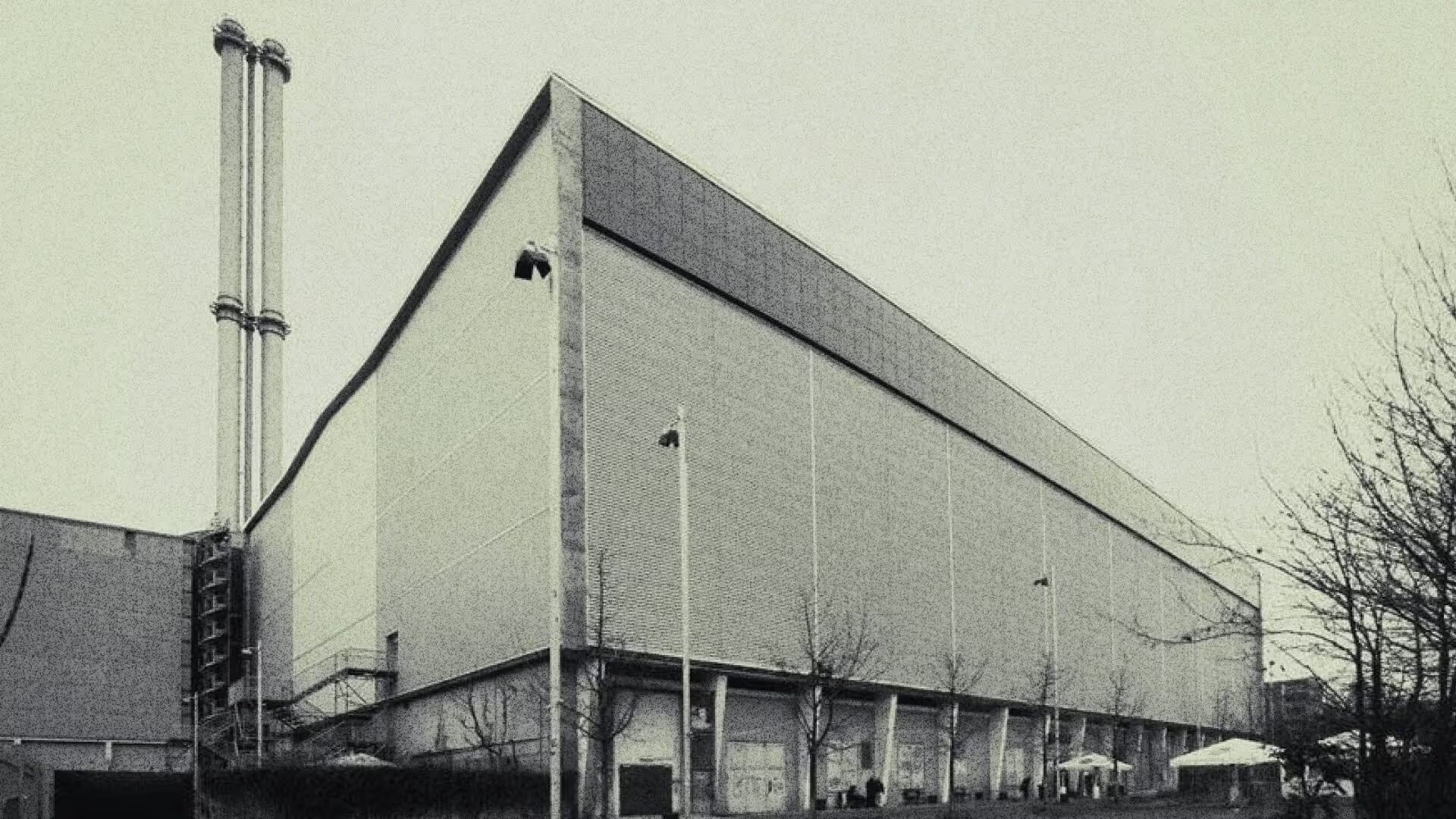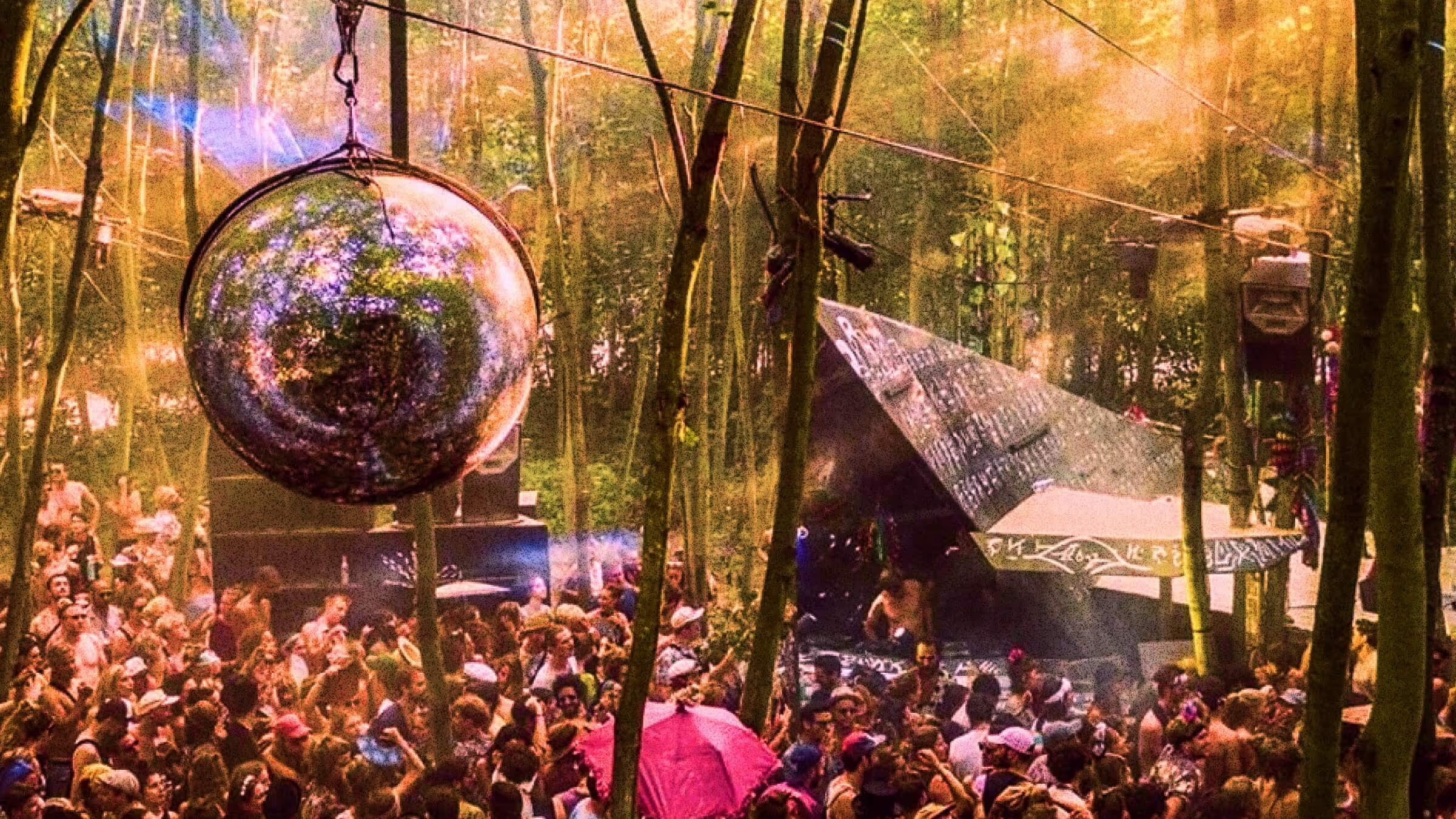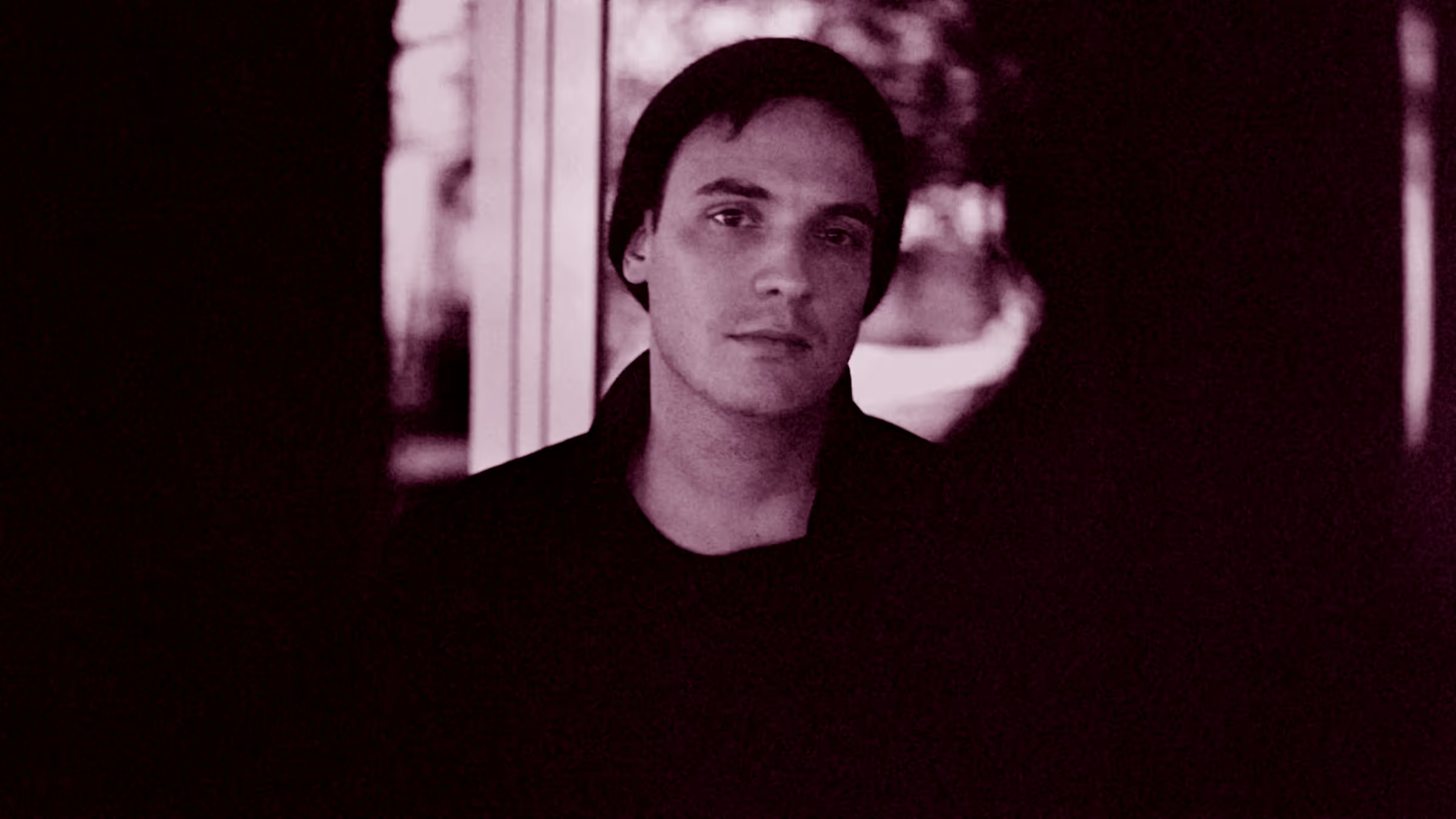At midnight on March 13, 1991, a basement door opened at Leipziger Strasse 126 in Berlin. Behind it lay Tresor—a raw, industrial vault that would soon become the heartbeat of Berlin’s underground electronic music scene. Over the past 34 years, Tresor has evolved from an impromptu space beneath the ruins of a department store into a global symbol of techno, electro, and cultural resistance.
The Origins: Rebuilding From Ruins
The fall of the Berlin Wall in 1989 marked a seismic cultural shift. Amidst the rubble, artists and visionaries sought new forms of expression, carving out spaces in the city’s abandoned buildings. Dimitri Hegemann, founder of Tresor, found such a space beneath the former Wertheim department store. The vault's cold, concrete walls and rusted steel doors offered more than just a venue—they embodied the raw, unpolished energy that techno represented.

Tresor (German for "vault") wasn’t just a club; it was a meeting ground for East and West Berliners eager to forge a new cultural identity. What began as underground gatherings soon grew into legendary nights that echoed with relentless beats and a sense of freedom rarely felt in a recently divided city.
Tresor’s Electro Undercurrent
While Tresor is often synonymous with techno, its relationship with electro runs deep. Electro, with its synthetic beats, robotic vocals, and rhythmic complexity, serves as a bridge between the soulful grooves of house and the mechanical precision of techno. Tresor championed this genre from its early days, recognizing its ability to unify diverse dancefloor cultures.
Tresor’s early partnerships with Detroit’s Underground Resistance and artists like Drexciya underscored this connection. These collaborations weren’t just about music—they represented a transatlantic dialogue between Berlin’s post-reunification underground and Detroit’s industrial electronic landscape. Both cities, scarred by their histories, found common ground in the raw, futuristic sounds of electro.
Preserving Culture in Changing Times
Berlin’s rapid development has tested the resilience of spaces like Tresor. In 2005, the club was forced to close its original location due to urban redevelopment. Yet, the spirit of Tresor endured. In 2007, it reopened in an abandoned power plant on Köpenicker Straße. The new venue retained the grit and industrial aesthetics of the original, ensuring that Tresor’s essence wasn’t lost to gentrification.

Today, Tresor remains a cultural institution. It’s more than a club—it’s a living archive of Berlin’s electronic music evolution. Projects like the "Tresor 31: Techno, Berlin und die große Freiheit" exhibition and documentaries like Sub Berlin – The Story of Tresor preserve the club’s legacy for future generations.
Electro at Tresor’s 34th Anniversary
For its 34th anniversary, Tresor is turning the spotlight on electro with a three-day celebration from March 14-16, 2025. Day One’s lineup embodies the club’s deep-rooted connection to the genre:
Dopplereffekt delivers a rare A/V set on the Globus stage, showcasing the science-fiction aesthetics and sonic precision that define electro’s core.
Plant43 presents a live performance that fuses contemporary sounds with nods to electro’s historical roots.
Nadia Struiwigh navigates through breaks, jungle, and experimental club music, highlighting electro’s versatility and its influence on modern dancefloor sounds.
The Tresor bunker hosts Skee Mask, marking his debut as a Tresor resident with an exploratory set that blurs lines between techno, electro, and IDM.
Rising stars like Erik Jabari and Maedon represent the new wave of electro and techno producers shaping Tresor’s future.
This anniversary isn’t just about looking back—it’s a celebration of electro’s enduring power to connect, innovate, and push boundaries.
Why Electro Echoes
Electro’s influence extends far beyond its beats. The genre’s fusion of funk, hip-hop, and futuristic synth-work created a bridge between the warmth of house and the starkness of techno. It’s a genre that invites both introspection and kinetic release, making it a staple in Tresor’s programming.
By embracing electro, Tresor honors its roots while fostering new artistic expressions. It’s a reminder that the dancefloor isn’t just a place to move—it’s a space to connect, to challenge norms, and to experience the collective pulse of a community.
The Bright Future for Dark Rooms
Tresor’s 34 years tell a story of resilience, innovation, and cultural preservation. As Berlin changes, Tresor stands firm, its vault doors still opening to those seeking freedom in sound. Electro, techno, and the ethos of underground resistance continue to thrive within its walls, proving that true cultural landmarks don’t just survive—they evolve.
For those looking to experience the pulse of Berlin’s underground, Tresor’s anniversary weekend is more than an event—it’s a testament to the city’s unwavering spirit and the universal language of electronic music.
34 More Years to Come
Tresor’s 34-year journey is one of resilience, innovation, and cultural preservation. As Berlin evolves and whispers about a changing scene grow louder, Tresor stands firm—an open vault for those seeking freedom through sound. Electro, techno, and the ethos of underground resistance continue to thrive within its walls, proving that true cultural landmarks don’t just survive—they evolve.
Tresor’s anniversary weekend is more than just an event—it’s a testament to the city’s enduring spirit and the universal language of electronic music.
See you on the dance floor 🧡









